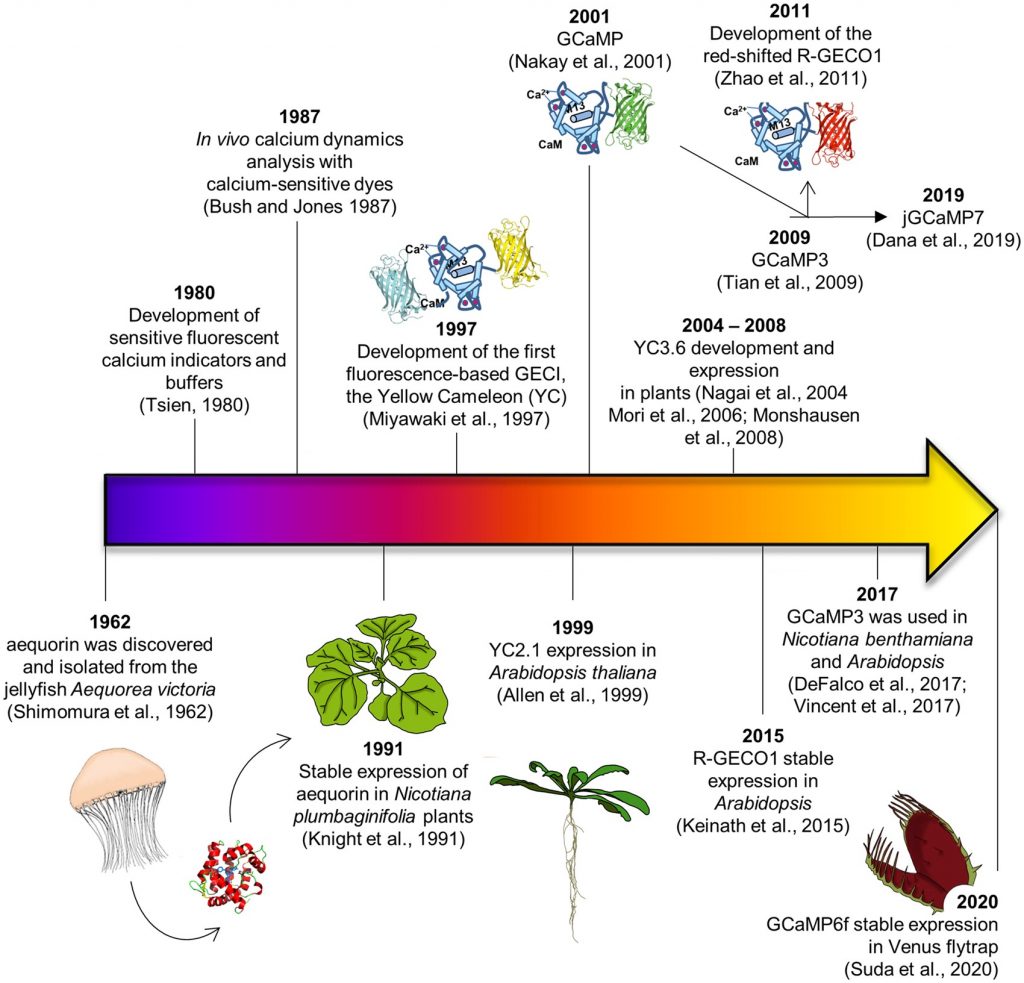
Review: Illuminating the hidden world of calcium ions in plants with a universe of indicators (Plant Physiol)
Calcium ions (Ca2+) are ubiquitous and essential signals, with a very steep concentration gradient from outside to inside the cell. Numerous studies from across the kingdoms have demonstrated that transient Ca2+ fluxes convey information of many types. Here, Grenzi et al. provide an Update on the tools…
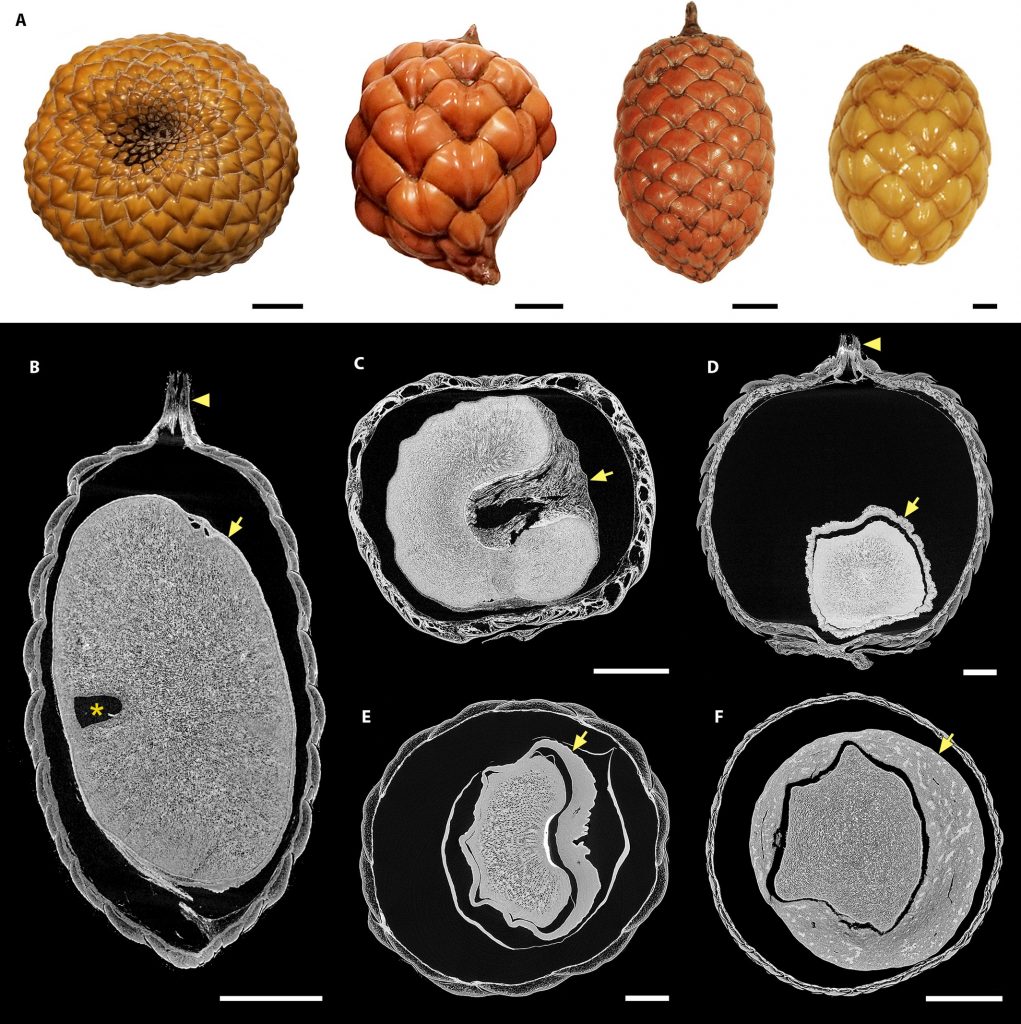
Fossil palm reading using fruits to reveal the deep roots of palm diversity (Am. J. Bot.)
One of the biggest challenges when using fossils in plant evolution studies is establishing the phylogenetic relationships between fossils and modern plants. This task is particularly complicated with fossils from flowers or fruits, given the little information available for most groups' reproductive…
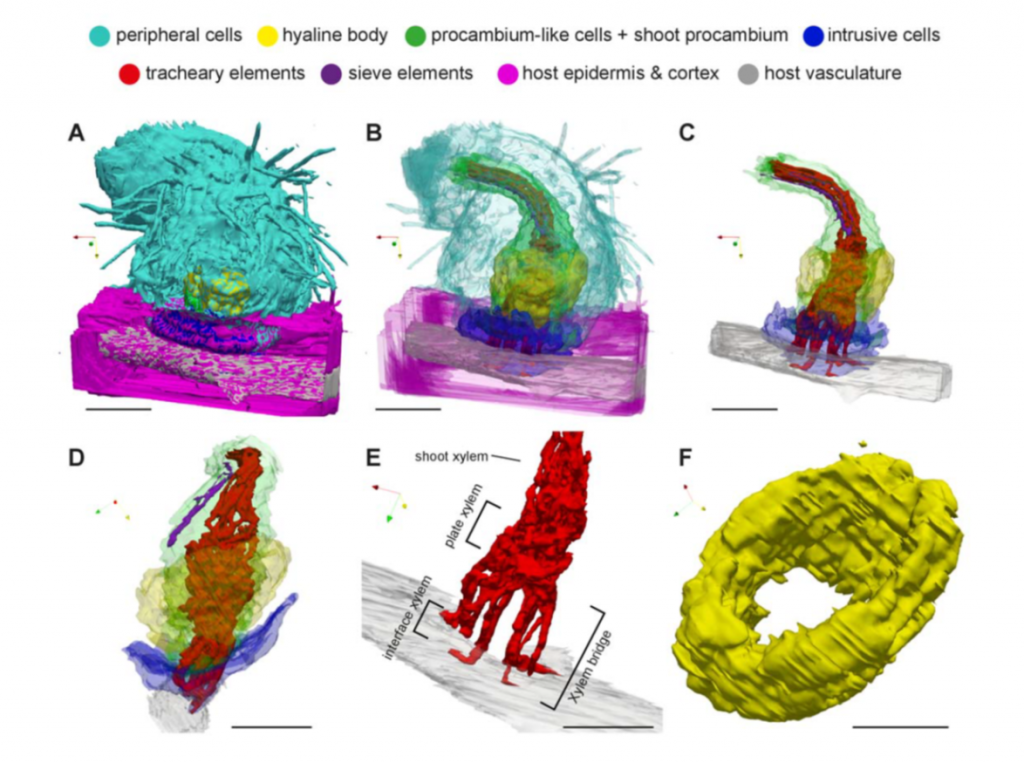
Three-dimensional reconstructions of haustoria in two parasitic plant species in the Orobanchaceae (Plant Physiol)
Parasitic plants form haustoria, which are specialized multicellular structures that penetrate into their host’s vasculature and act as conduits for nutrients. The molecular and genetic contributors to haustorium development and function are well described. Here, Masumoto et al. have provided new…
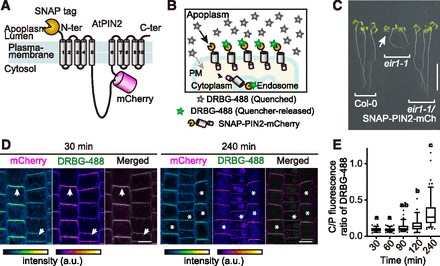
SNAP ‘n’ Track: Protein localization using fluorescent dyes (Plant Cell)
Proteins’ sub-cellular localizations provide a wealth of information regarding their functional attributes. Protein localization in plant cells is usually done through genetically combining fluorescent proteins to the protein-of-interest. Now, Iwatate and colleagues report the successful localization…
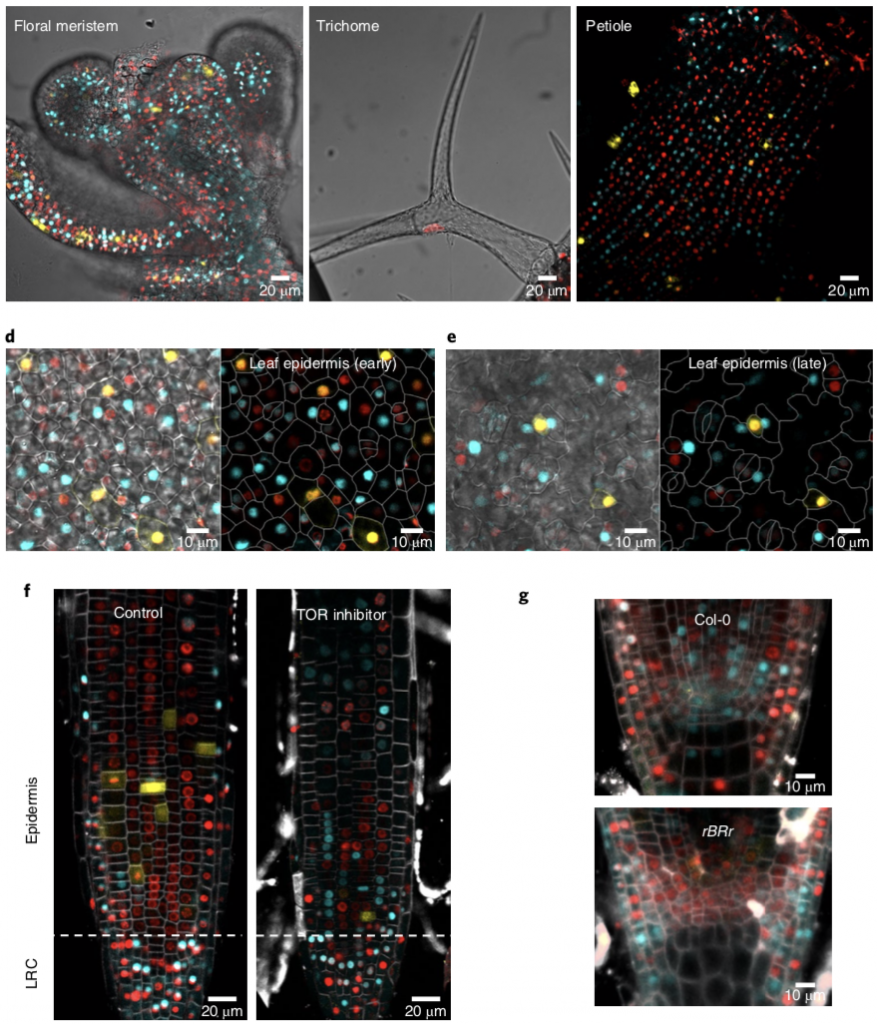
PlaCCI (Plant cell cycle indicator); fluorescent sensor for spatiotemporal cell cycle analysis (Nature Plants)
The cell cycle requires a series of transitions from G1 to S, S to G2, G2 to M and M to G1 phases. Determining the cell cycle phase is critical for understanding the molecular events specific to a given stage of cell cycle. However, markers for identifying these cell cycle transitions in plants are not…

